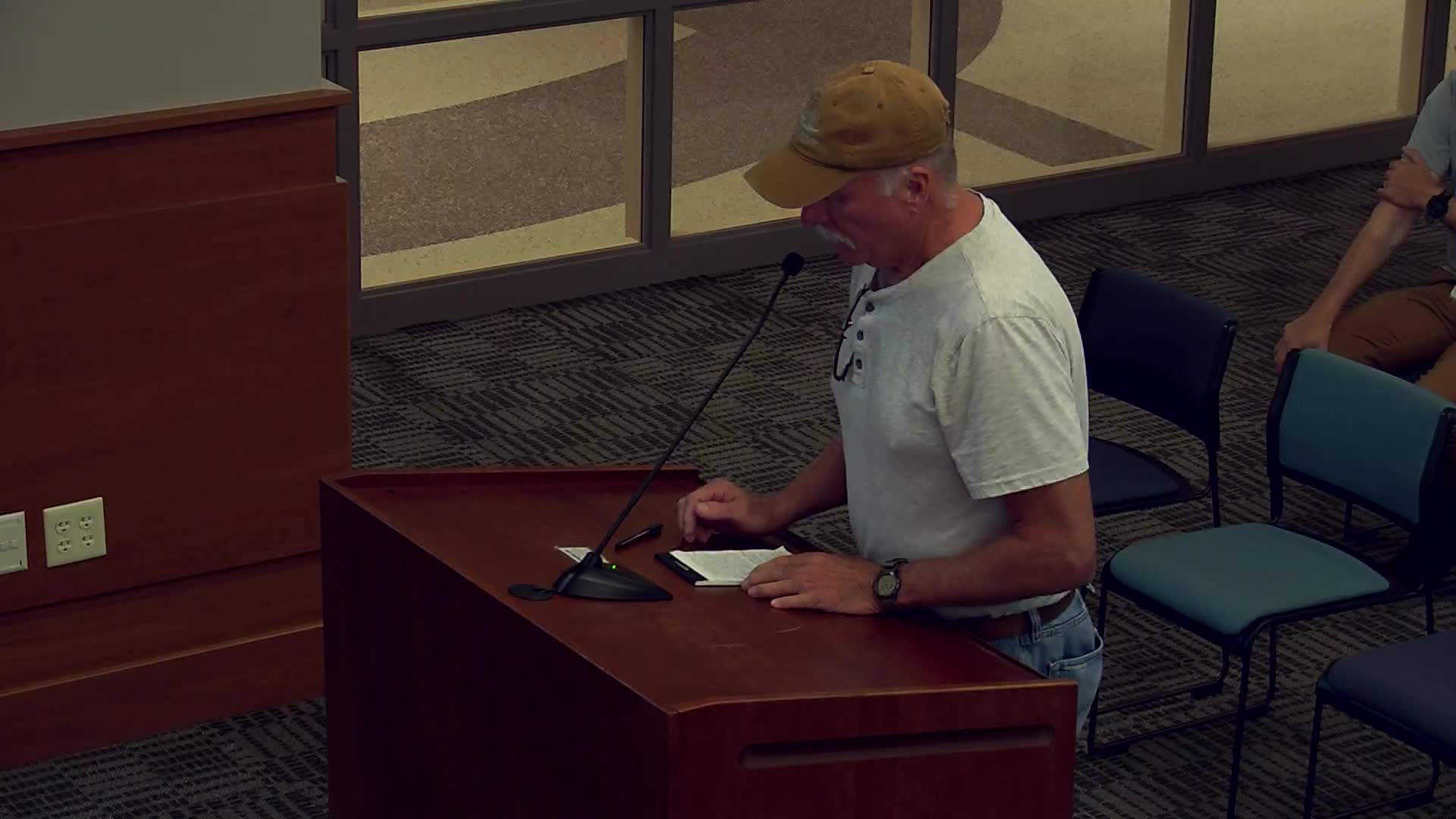Wind turbine failures raise urgent questions on renewable energy viability
July 31, 2024 | Linn County, Iowa

This article was created by AI summarizing key points discussed. AI makes mistakes, so for full details and context, please refer to the video of the full meeting. Please report any errors so we can fix them. Report an error »

During a recent government meeting, significant concerns were raised regarding the viability and reliability of utility-scale wind turbine farms, particularly in light of recent extreme weather events in Iowa. In 2024, 14 wind turbines were either toppled or damaged due to winds exceeding 100 miles per hour, with two turbines catching fire. The fires were challenging to manage due to their remote locations and the substantial amount of burning oil involved.
The discussion highlighted the increasing demand for copper, essential for renewable energy technologies, predicting that by 2030, demand will surpass production capabilities. Current projections suggest that achieving zero net gain in utilities would require over 50 million gross metric tons of copper, while the world’s production stands at only 24 million metric tons. This discrepancy raises questions about the feasibility of transitioning to renewable energy sources like wind and solar.
Additionally, the reliability of wind turbines in cold weather was scrutinized. Issues such as freezing rain and icing can severely hinder turbine performance, similar to how ice affects aircraft. Furthermore, turbines are unable to operate effectively in high wind conditions, with gusts over 35 to 40 miles per hour leading to shutdowns.
Concerns were also voiced about the long-term sustainability of wind farms, with a noted 100% failure rate over 20 years, prompting questions about acceptable maintenance thresholds before a wind farm is deemed inoperable. The extensive land requirements for wind farms were criticized, with claims that they occupy up to ten times the area needed for the kilovolts they generate.
These discussions underscore the complexities and challenges facing the renewable energy sector, particularly in the context of Iowa's recent weather patterns and the broader implications for energy sustainability.
The discussion highlighted the increasing demand for copper, essential for renewable energy technologies, predicting that by 2030, demand will surpass production capabilities. Current projections suggest that achieving zero net gain in utilities would require over 50 million gross metric tons of copper, while the world’s production stands at only 24 million metric tons. This discrepancy raises questions about the feasibility of transitioning to renewable energy sources like wind and solar.
Additionally, the reliability of wind turbines in cold weather was scrutinized. Issues such as freezing rain and icing can severely hinder turbine performance, similar to how ice affects aircraft. Furthermore, turbines are unable to operate effectively in high wind conditions, with gusts over 35 to 40 miles per hour leading to shutdowns.
Concerns were also voiced about the long-term sustainability of wind farms, with a noted 100% failure rate over 20 years, prompting questions about acceptable maintenance thresholds before a wind farm is deemed inoperable. The extensive land requirements for wind farms were criticized, with claims that they occupy up to ten times the area needed for the kilovolts they generate.
These discussions underscore the complexities and challenges facing the renewable energy sector, particularly in the context of Iowa's recent weather patterns and the broader implications for energy sustainability.
View full meeting
This article is based on a recent meeting—watch the full video and explore the complete transcript for deeper insights into the discussion.
View full meeting
